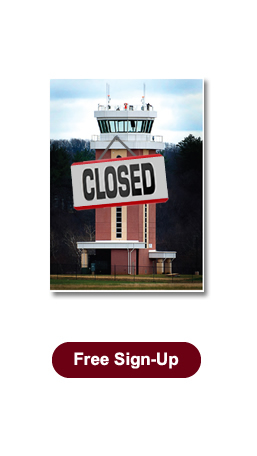I agree that government waste needs to be eliminated but is it unreasonable for the airlines to expect the fees and taxes that they already pay BUF to at least have a control tower open starting at, say, 5AM?
Here is what flightaware shows for the BUF example in the morning. If midshift at this airport is 23:00-07:00, I can't see the departures at 6AM getting out without a bunch of them waiting 20-30 minutes.
View attachment 23372
How about all of these upstate NY places having snow removal going on?
Snowplows trying to keep taxiways cleared, trying to keep runways cleared, all driving around in the dark in the early morning hours, with nobody actually running the show as half a dozen jets pushback and get ready to head out.
The fact that money needs to be saved where it is possible is perfectly fine. It's just absolutely insane that the FAA's plan is to simply cut stuff out with
no real plan other than to see what happens and see how it works, and hope for the best.
Is this the best they can do?

